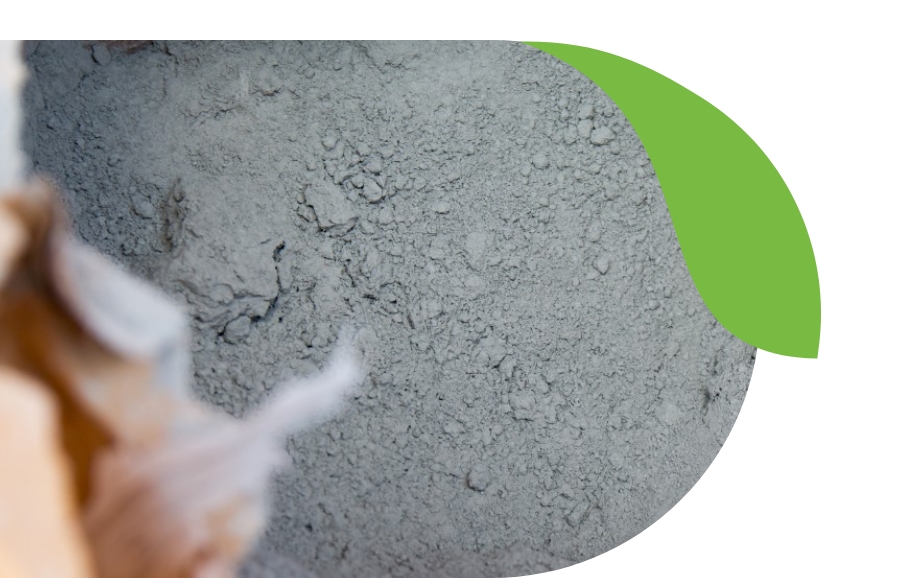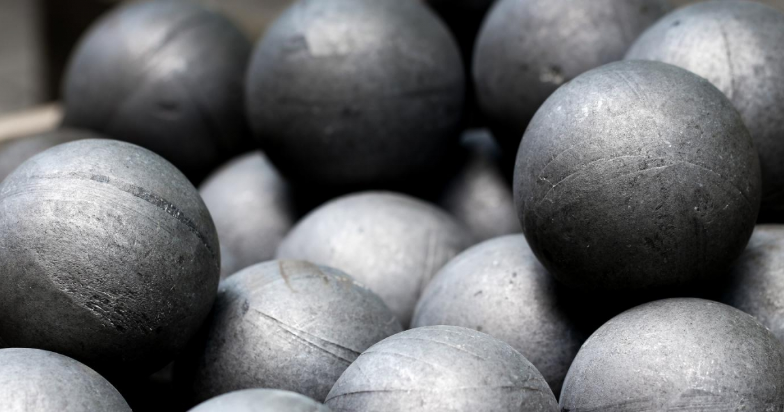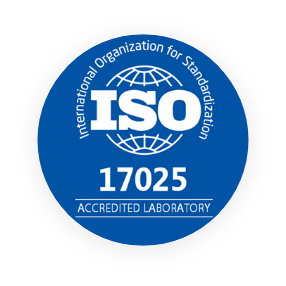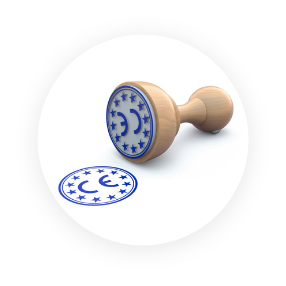ADING technologies and solutions for the cement industry

Ading continuously innovates and creates new solutions for the cement industry. Cement, as the basic product of the construction industry, has been the focus of our R&D team for many years, and our goals are:

ASSISTANCE in creating high-quality cement with improved performances

DECREASE the energy consumption for cement production and optimize the cost of the production

DECREASE the emission of CO₂ during the production process and reduce the negative impact on the environment

OFFER support for sustainable development for our partners in the cement industry
The experience gained through our work over the years has inspired us to create a flexible and adaptable approach to each client individually, and offer tailor-made solutions. The preparedness of our experts for on-site appearance and work at all times, our direct approach, and the constant communication with the development teams in the cement factories are guaranteed to give excellent results.
Our
PRODUCTS
Our long – term commitment in the development of Admixtures for cement Production, results with the most effective GRINDING AIDS on the market today, divided into three groups:
Additives that improve the grinding efficiency of clinker, fillers and raw materials for cement production
Additives that improve the grinding efficiency of clinker, fillers and enhance the early strength of the manufactured cement
Additives that improve the grinding efficiency of clinker, fillers and enhance the late strength of the manufactured cement
Name of Additive
Intenzifikator AM
Intenzifikator SB10
Dosage [G/T]
200-400
200-600
Mill Type
Horizontal
Horizontal
Name of Additive
Intenzifikator Ta50
Intenzifikator td18
Intenzifikator tdk18
Intenzifikator
Intenzifikator kc
Dosage [G/T]
200-600
1000-1500
200-600
200-400
200-600
Mill Type
Vertical/Horizontal
Horizontal
Horizontal
Horizontal
Horizontal
Name of Additive
Intenzifikator ttp
Intenzifikator tta
Intenzifikator 30v
Dosage [G/T]
200-400
200-400
200-500
Mill Type
Vertical/Horizontal
Vertical/Horizontal
Horizontal
PRODUCTS AND CHARACTERISTICS
INTENZIFIKATOR AM
Cement type:
Most types of cement, from CEM I to CEM V
Mill type:
Horizontal
Grinding effect:
Increases the mill capacity by 5-15%
Early strengths:
no effect
Late strengths:
no effect
Dosage:
200-400 g/t
INTENZIFIKATOR SB10
Cement type:
For grinding raw materials for cement production
Mill type:
Horizontal
Grinding effect:
Increases the mill capacity by 5-15%
Early strengths:
no effect
Late strengths:
no effect
Dosage:
200-600 g/t
INTENZIFIKATOR TA50
Cement type:
For cement with increased limestone content
Mill type:
Horizontal and vertical
Grinding effect:
Increases the mill capacity by 10- 20%
Early strengths:
Increases the early strengths by 15- 25% compared to blank cement
Late strengths:
Increases the late strengths by 5% compared to blank cement
Dosage:
200-600 g/t
INTENZIFIKATOR TD18
Cement type:
Most types of cement, from CEM I to CEM V
Mill type:
Horizontal
Grinding effect:
Increases the mill capacity by 5-15%
Early strengths:
Increases the early strengths by 10- 20% compared to blank cement
Late strengths:
Increases the late strengths by 5% compared to blank cement
Dosage:
1000-1500 g/t
INTENZIFIKATOR TDK18
Cement type:
For cement with increased content of additives
Mill type:
Horizontal
Grinding effect:
Increases the mill capacity by 5-15%
Early strengths:
Increases the early strengths by 10-20% compared to blank cement
Late strengths:
Increases the late strengths by 5% compared to blank cement
Dosage:
200-600 g/t
INTENZIFIKATOR
Cement type:
Most types of cement, from CEM I to CEM V
Mill type:
Horizontal
Grinding effect:
Increases the mill capacity by 10-20%
Early strengths:
Increases the early strengths by 5-10% compared to blank cement
Late strengths:
Increases the late strengths by 5% compared to blank cement
Dosage:
200-400 g/t
INTENZIFIKATOR KC
Cement type:
Most types of cement, from CEM I to CEM V
Mill type:
Horizontal
Grinding effect:
Increases the mill capacity by 5-15%
Early strengths:
Increases the early strengths by 10- 20% compared to blank cement
Late strengths:
Increases the late strengths by 5% compared to blank cement
Dosage:
200-600 g/t
INTENZIFIKATOR TTP
Cement type:
For cement with increased content of additives
Mill type:
Horizontal and vertical
Grinding effect:
Increases the mill capacity by 10-20%
Early strengths:
Increases the early strengths by 5% compared to blank cement
Late strengths:
Increases the late strengths by 5-10% compared to blank cement
Dosage:
200-400 g/t
INTENZIFIKATOR TTA
Cement type:
For cement containing pozzolanic and limestone additives
Mill type:
Horizontal and vertical
Grinding effect:
Increases the mill capacity by 10-20%
Early strengths:
Increases the early strengths by 5% compared to blank cement
Late strengths:
Increases the late strengths by 5-10% compared to blank cement
Dosage:
200-400 g/t
INTENZIFIKATOR 30V
Cement type:
For cement with increased limestone content
Mill type:
Horizontal
Grinding effect:
Increases the mill capacity by 10-20%
Early strengths:
Increases the early strengths by 5% compared to blank cement
Late strengths:
Increases the late strengths by 5-10% compared to blank cement
Dosage:
200-500 g/t
TEAM
The company’s R&D sector consists of technologists and chemists who have inherited more than 50 years of experience in the production of construction materials. Our laboratories are equipped with all the necessary equipment and resources to carry out the necessary tests. Our R&D experts are constantly available for assistance and support during industrial tests in cement factories.

Questionnaire
Help us tailor the best-fit solution for you by answering our questionnaire form below. Furthermore, our experts are available at any moment for any additional questions or on-site meetings. These are the first steps toward finding new and suitable solutions for your specific process of cement production.
1
What type of cement mill does your cement factory have, vertical or horizontal? Specify the conditions of the production process (capacity and typical production conditions).
2
List the basic information related to the mineralogical composition of the clinker.
3
Which type of cements do you produce (declaration according to EN), clinker content, types and quantity of additional compounds used?
4
Which type of cement is dominant in your production?
5
What are the typical problems that you face with during cement production (originating from the initial raw materials and the technological aspects of production)?


6
Does the need for bigger production capacity or the improvement of the performance characteristics of the cement prevails?
7
Which of the performance characteristics of the cement needs to be improved with the usage of the admixture for cement production?
8
Are you currently using any admixture for cement production? If so please state the performance improvement that you are getting from the admixture currently used.
9
Which are the negative experiences, if any, from using admixtures for cement production in your plant?
We are
ADING
ADING is a company for production and sale of construction chemicals with its headquarters in Skopje, the Republic of North Macedonia, established on May 30, 1969. We have been constantly present and active on the market of South-eastern Europe, but we reach even further, in the rest of Europe, Middle East, Asia and Africa, recognized as “construction pharmacists”. We are purpose-driven company. Profitability, but also sustainability and own contribution in building our better future. The company is responsible toward the future and led by the idea that the climate changes are not some abstract expressions from the time to come; they are happening here and now. We are striving for better technologies and solutions for cement industry, with R&D teams working on tailored formulas for our partners. We are directly involved in REDUCING OUR PARTNERS CARBON FOOTPRINT and helping them reaching COST OPTIMIZED PRODUCTION.


Company
MISSION
„We design tailored chemical additives for the construction and cement industry, which create added value.”
Company
VISION
“We are delivering solutions and technologies, contributing to the sustainability of our partners, society and environment.”



